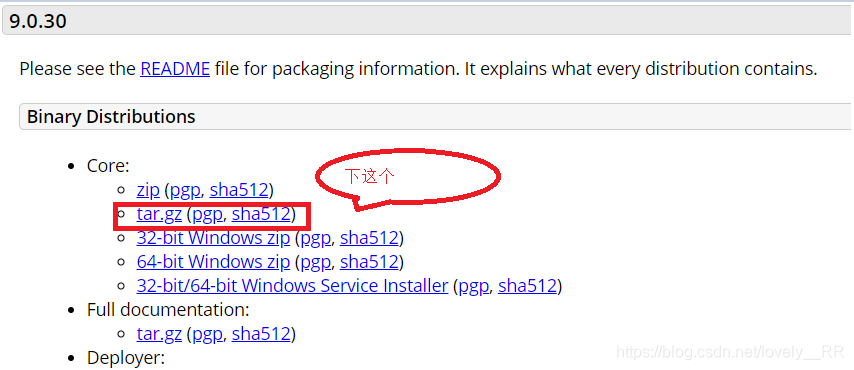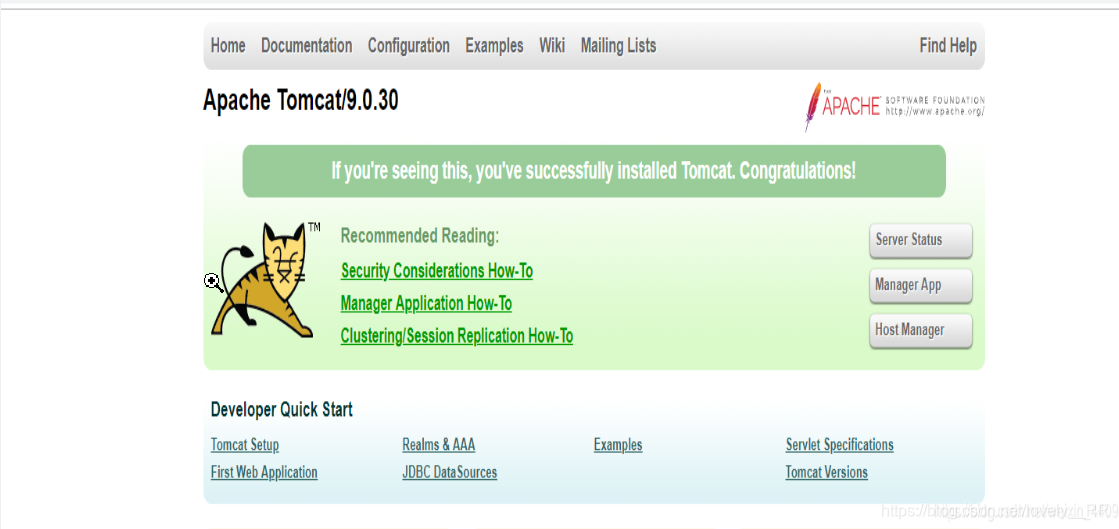How to install and uninstall tomcat on centos
I used to install tomcat on the centos command line before, but after the installation, I found that there were a lot of files missing in the bin path, which made me uncomfortable.
Uninstall tomcat
First log in to your own server console,
Then enter sudo yum remove tomcat

Check if it has been deleted afterwards
sudo systemctl status tomcat

This means that it has been completely deleted
Install tomcat
Here I suggest that it is better to download it through the official website, upload it to the server and decompress it. If you operate it through the yum command, the file may be missing.
First of all [Official website download address] (https://tomcat.apache.org/download-90.cgi)

Then enter the command line through WIN+R and enter cmd
Upload the files we downloaded to our server
First check where the file you downloaded is, and then first change the path to our corresponding path
For example, my:

After using the scp command to upload (scp file name user@ip:/target address)
scp apache-tomcat-9.0.30.tar.gz [email protected]:/home/tomcat
After that, we just need to unzip the files on the server
First, first convert the path to the path where the file is located

Then unzip the file tar -zxvf apache-tomcat-9.0.30.tar.gz

After that, restart the tomcat service.
If the IP: 8080 is entered in the server at the end, the following screen appears, indicating that the installation is successful

Recommended Posts